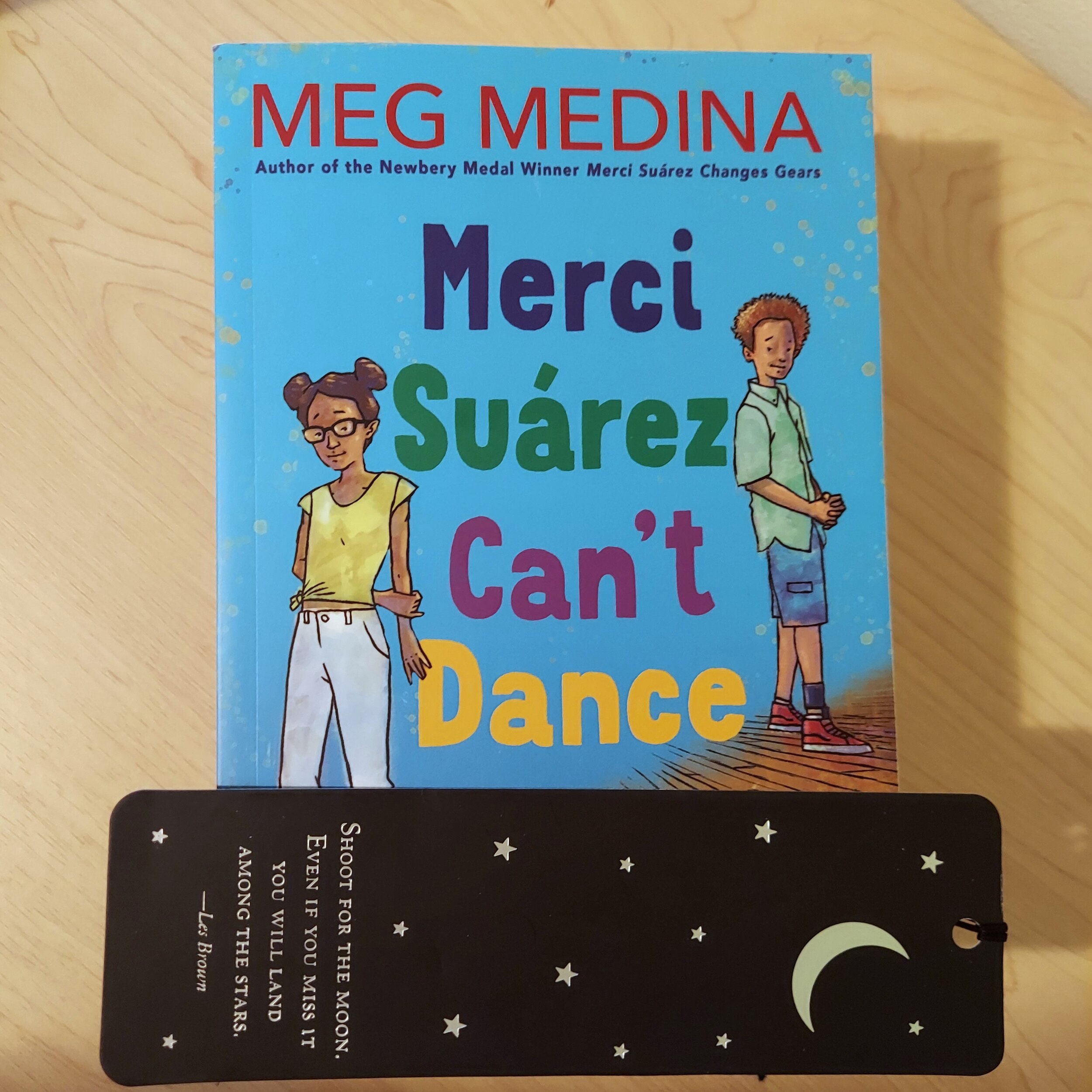2022 Latinx Romance & Women’s Fiction to Add to Your TBR
It’s February, which means amor is in the air. For me, love and romance is an intricate part of Latinidad. We are romantic people. It’s in our music, telenovelas, epic novels. Here are some adult romance & women’s fiction novels to look forward to this year. Happy reading and make sure to support Latinx Romance!
THE WEDDING CRASHER by Mia Sosa (Avon - April 5, 2022)
Mia Sosa’s follow up to The Worst Best Man has been highly anticipated by fans (it me). The Wedding Crasher follows two strangers who get trapped in a lie and have to fake date their way out of it. Solange Pereira is a romantic at heart, and gets roped into helping her wedding planner cousin on a stranger’s big day. Dean Chapman’s big day, to be exact. Dean’s life is about to be perfect–make partner, start a family, and all that. But when the wedding goes up in smoke, thanks to Solange, the pair end up entangled in a fake-dating lie. But what started off as self-preservation is becoming so much more. Mia Sosa writes with the perfect mix of humor, and won’t disappoint the rom-com lovers.
A PROPOSAL THEY CAN'T REFUSE by Natalie Caña (Mira - May 24 , 2022)
This is a debut I’ve been looking forward to since it was announced. This rom-com follows a Puerto Rican chef and an Irish American whiskey distiller forced into a fake engagement by their scheming octogenarian grandfathers. In order to uphold their family businesses, and legacies, Kamilah and Liam agree to an engagement. One that will end once they outwit their families. But the more time they spend together, and work toward winning big at the Fall Foodie Tour in Chicago, they start to realize maybe they’ve bought into their own bargain.
WEST SIDE LOVE STORY by Priscilla Oliveras (Montlake - June 1, 2022)
USA Today bestselling author Priscilla Oliveras brings us a tale of two families, rival mariachi bands, and swoony romance. Mariana Capuleta and her sisters are determined to win the Battle of the Mariachi Bands. Unfortunately, that means competing against the Monteros, her father’s arch-nemesis. The families, both alike in dignity and all that good stuff, have had an escalating decades-old feud that sees no end. Angelo Montero and Mariana Capuleta know that nothing can happen between them, but love isn’t rational and their attraction is undeniable. As their secret affair intensifies, so does the mariachi competition. Can their romance heal old wounds and make beautiful music together?
RUNNING FROM THE BLAZE by Ofelia Martinez (Reading Cactus Press, January 11, 2022)
If you’re looking for a super steamy romance with unapologetically Mexican-American women at the forefront, then Ofelia Martinez is your girl. Book one in the series follows a bar owner and a rock-star. In Running From the Blaze, the companion novel, we keep getting to know the members of the band, Industrial November. Here we meet Lola, a young woman who cleans mansions for a living. That’s how she meets Karl Sommer, a notorious heavy metal guitarist who is trying to prove he’s more than a party boy. Falling for the lead singer's sister-in-law was not on the plan, but they strike an indecent proposal that shakes up both their lives and views of love. *All the chili pepper emojis*
TWICE A QUINCEAÑERA by Yamile Saied Méndez (Kensington - July 26, 2022)
I’m so excited for Yamile Saied Méndez’s adult debut. If you’ve followed her kidlit career, then you know to expect fierce heroines and big family dynamics. In Twice a Quinceañera, a jilted bride decides to throw herself a quinceañera (times two) for her 30th birthday. When Nadia Palacio’s dream wedding is called off, no thanks to her cheating ex, instead of losing the deposit on her venue she decides to throw the biggest bash imaginable to celebrate herself. After all, her family is already flying over from Argentina. Everything is scheduled to go according to plan until she discovers that the man in charge of the venue is none other than a college fling who might just be her second chance at first love.
OUR LAST DAYS IN BARCELONA by Chanel Cleeton (May 24, 2022)
I got to read an early copy of this book and it was a beautiful journey. Chanel Cleeton has been writing about the women of the Perez family since her smash hit and Reese Witherspoon Book Club pick Next Year In Havana, which was inspired by her Cuban roots. In Our Last Days in Barcelona, straight-laced Isabel Perez travels to Barcelona to save her rebellious and independent sister Beatriz from political dangers. Alternating between 1964 and 1936, we see the aftermath of the Cuban revolution, and toggle back to the rising fascist threat in Spain. The more Isabel digs, she discovers a shocking family secret that sheds light to her elusive mother. There's mystery, romance, and political intrigue. It is a perfect read.
THE REBEL'S RETURN by Nadine Gonzalez (Harlequin Desire - February 22, 2022)
I know sometimes it’s hard to make the time to read. But these bite sized novels by Nadine Gonzales are like delicious little bon bons. In this installment of the Texas Cattleman’s Club, a hotshot hotelier returns home to discover whether or not love at first sight really is for suckers. This world is luxe, lavish, and sexy. Eve Martin’s one night stand with Rafael Wentworth turns into something more as they’re unable to deny their chemistry. But is Eva an asset to his business or a danger to his heart?
RAMÓN AND JULIETA by Alana Quintana Albertson (Berkley Books - February 1, 2022)
Alana Quintana Albertson is no stranger to romance. She’s penned over thirty spicy novels as Alana Albertson. In Ramón and Julieta she loosely retells Romeo and Juliet with the Day of the Dead and rival food empires as the backdrop. When fate and tacos bring them together, the titular star-crossed pair must make a choice: accept the bitter food rivalry that drives them apart or surrender to a love that consumes them.
A CARIBBEAN HEIRESS IN PARIS by Adriana Herrera (Hqn - May 31, 2022)
This is the historical romance I’ve always wanted to read, and Adriana Herrera constantly delivers what I want. There’s a sexy Scottish Duke, fierce rum heiress, La Belle Époque in Paris, and a marriage of convenience. The novel follows Luz Alana, who hails from the Dominican Republic. She’s on her way to find partnerships to expand Caña Brava, the rum business her family built over three generations. Her father’s untimely death has made this expansion top priority, since she discovers she can’t access her trust fund until she marries. But when she lands in France, she finds that the buyers and shippers dismiss her, and won’t do business with a woman, let alone an Afro-Latina from the Caribbean. Enter James Evanston Sinclair, Earl of Darnick, an infuriatingly handsome Scot with secrets of his own, who makes her an offer she can’t refuse. Luz Alana went in search of new beginnings, but she might have found love along the way.
BIG CHICAS DON’T CRY by Annette Chavez Macias (Montlake - August 9, 2022)
You might already know her contemporary romance as Sabrina Sol, but with Big Chicas Don’t Cry Annette Chavez Macias pens a family saga that pulls at the heartstrings. Four cousins, Mari, Erica, Selena, and Gracie, navigate love, loss, and family bonds. As kids they were inseparable. But when Mari’s parents divorced, she got shipped away to another part of the country. Fifteen years later, their lives intersect once again when tragedy strikes and they have to deal with the heartbreaking loss of a loved one. Can they pick up where things left off, or has time pulled them too far to bring back together? I can’t wait to read this and become part of this beautiful family.
AFTER HOURS ON MILAGRO STREET by Angelina M. Lopez (Carina Trade - July 12, 2022)
Professor Jeremiah Post loves the quirky town of Freedom, Kansas that has been his home for five years. But for Alex Torres, returning to the place where her sprawling Mexican-American family has lived for generations isn’t quite the homecoming she imagined. She’s got plans to revamp her grandmother’s bar and actually save the business, but the hot brainiac who rents the room next door is getting in the way. When an old enemy threatens the town, Alex and Jeremiah must combine forces. It will take her might and his mind to save the home they both desperately need.
Zoraida Córdova is the acclaimed author of more than two dozen novels and short stories, including the Brooklyn Brujas series, Star Wars: Galaxy’s Edge: A Crash of Fate, and The Inheritance of Orquídea Divina. In addition to writing novels, she's the co-editor of the bestselling anthology Vampires Never Get Old, as well as the cohost of the writing podcast, Deadline City. She writes romance novels as Zoey Castile. Zoraida was born in Guayaquil, Ecuador, and calls New York City home. When she’s not working, she’s roaming the world in search of magical stories. For more information, visit her at zoraidacordova.com.







































